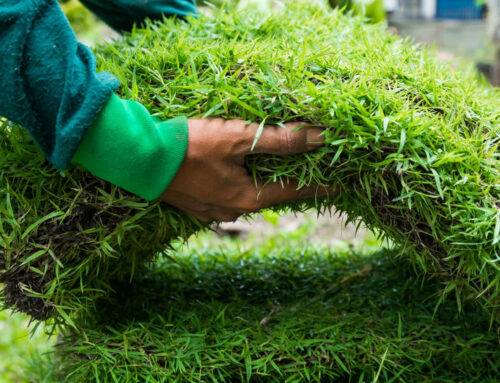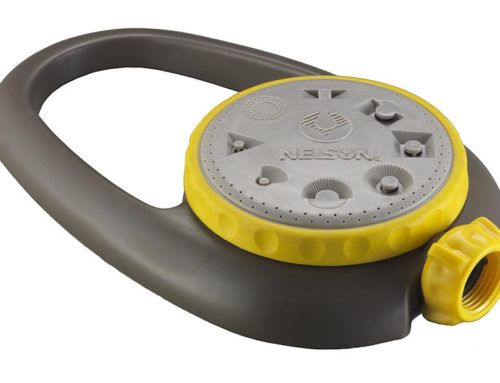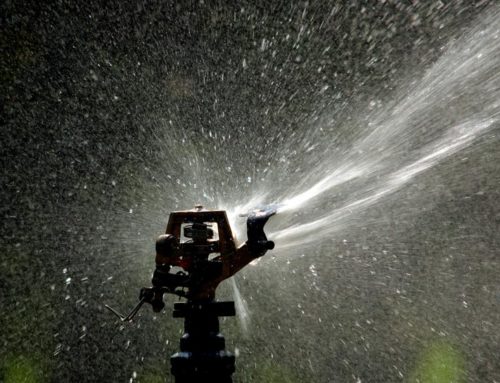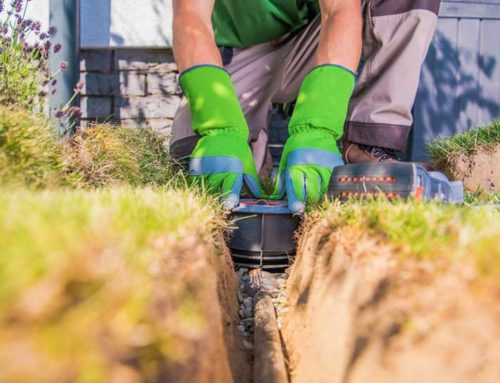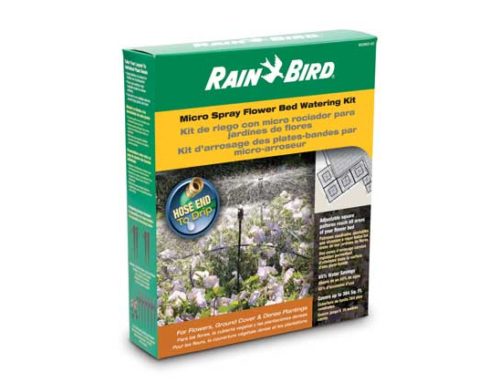Northern California soils are most often too sandy over clay-like. Unfortunately for those of us who like manicured lawns and lush gardens, watering sandy soil can be a challenge. Which sprinklers can best make up for our difficult soil and make watering simpler?
The Challenge
Sandy soil is porous and absorbs water quickly. Clay soil is the opposite, it is too dense with organic matter and clay to allow water to penetrate very deeply. However, clay soil has the advantage of retaining the water it does absorb for a long time. Sandy soil, on the other hand, can lose water as quickly as it absorbs it.
This is a challenge for conventional flood sprinkler systems because they normally deliver large amounts of water at once. Sandy soil’s ability to absorb water quickly doesn’t work to its advantage in this case. The soil closest to the sprinkler head absorbs all of the water, deeply into the soil, while the soil further away hardly gets any. Then, hot temperatures quickly wick away the moisture in sandy soil.
Gardeners and landscaping experts may suggest you alter your soil to combat these challenges. However, that’s a much more realistic goal for clay soil. It takes to amendment well. Additions of organic matter and other finer soils, like peat moss, make a big difference for a whole season. However, where there is sandy soil, there are high temperatures, and the organic matter you add to hot soil will quickly decompose. That helps plants grow, but it doesn’t change your watering problem.
Drip Irrigation is Perfect for Sandy Soil
Instead of trying to amend your soil, you can use a superior sprinkler system to make your sandy soil work to your advantage. Drip irrigation is the best sprinkler system for sandy soil. It delivers small amounts of water (a drop) consistently, directly to the base of your plants. Sandy soil will allow that water to be deeply absorbed, right to the roots of your plants.
Drip irrigation has other advantages that work for Northern Californian soil. Conventional spraying sprinklers lose water to evaporation, but drip irrigation doesn’t face that challenge. Further, because it is delivered in drops, the water heads straight to the ground, instead of being blown off course by strong winds.
It’s also much easier to add fertilizer and nutrients, even organic fertilizer, into drip irrigation systems than into the ground. If you instead added organic matter to your soil, you break up root networks with your shovel, which actually makes soil sandier and harder to water properly.
Proper placement of the drip heads is key for this irrigation style. The water won’t go far horizontally, so a sprinkler technician has to carefully plan out where the water is needed.But, once proper drip head placement is achieved a drip irrigation system will improve your plant quality substantially.
Besides, you’ll no longer have to worry about heading out to water your plants or about watching for high winds to turn off your rotor sprinklers. Drip irrigation isn’t just best for sandy soils, it’s also most convenient for you.

